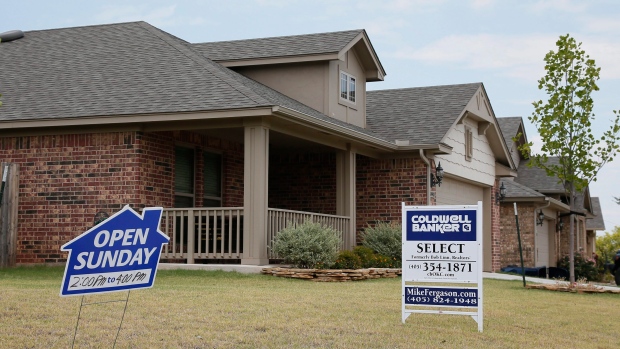Fancy Apartment Rentals for Paris Olympics See Poor Demand and Price Cuts
Locals who’d hoped to turn a big profit by renting out their posh apartments are now slashing prices by 30%-60%.
Latest Videos
The information you requested is not available at this time, please check back again soon.
Locals who’d hoped to turn a big profit by renting out their posh apartments are now slashing prices by 30%-60%.
The kingdom must overcome a conservative image and concern about human rights. Visit the desert oasis town of AlUla to understand the challenge.

Jury selection was completed Friday for Donald Trump’s first criminal trial, setting the stage for opening arguments Monday in a New York case accusing the former president of falsifying business records to conceal a sex scandal before the 2016 election.

Higher-than-expected interest rates amid persistent inflation are perceived as the biggest threat to financial stability among market participants and observers, according to the Federal Reserve.

Fifth Third Bancorp jumped the most in four months, leading bank stocks higher, with Chief Executive Officer Tim Spence predicting that income from lending has bottomed out.
Aug 22, 2018
, Bloomberg News

Sales of previously owned U.S. homes unexpectedly slumped for a fourth month to the weakest in more than two years, signaling higher prices and tight supplies continue to squeeze demand, a National Association of Realtors report showed Wednesday.
Key Takeaways
The report adds to other recent signs of cooling in real estate markets. Prospective home buyers are increasingly discouraged by rising borrowing costs and property-price increases that are outpacing wage growth. The share of Americans who say it’s a good time to buy a home fell in August to 63 per cent, the smallest since 2008, the University of Michigan consumer sentiment survey showed on Friday.
Continuing declines in purchases of single-family homes and cheaper properties suggest that the market is being supported by an increasing concentration of activity among those with higher income and financial assets.
The slump was led by an 8.3 per cent decline in the Northeast, while the South and Midwest also decreased. Sales rose in the West.
Official’s Views
The decline in sales “has been a slow drip, and the housing market is the same story, where we’re lacking inventory,” Lawrence Yun, NAR’s chief economist, said at a press briefing accompanying the report.
Other Details
-At the current pace, it would take 4.3 months to sell the homes on the market, unchanged from the prior month; Realtors group considers less than five months’ supply consistent with a tight market
-Single-family home sales fell 0.2 per cent to annual rate of 4.75 million
-Purchases of condominium and co-op units dropped 4.8 per cent to a 590,000 pace
-First-time buyers made up 32 per cent of all sales, compared with 31 per cent in prior month
-Homes were on the market for an average 27 days, compared with 26 days in June
-55 per cent of homes sold in July were on market for less than a month, NAR said
-Existing home sales account for 90 per cent of the market and are calculated when a contract closes; new home sales, considered a timelier indicator though their share is only about 10 per cent, are tabulated when contracts get signed